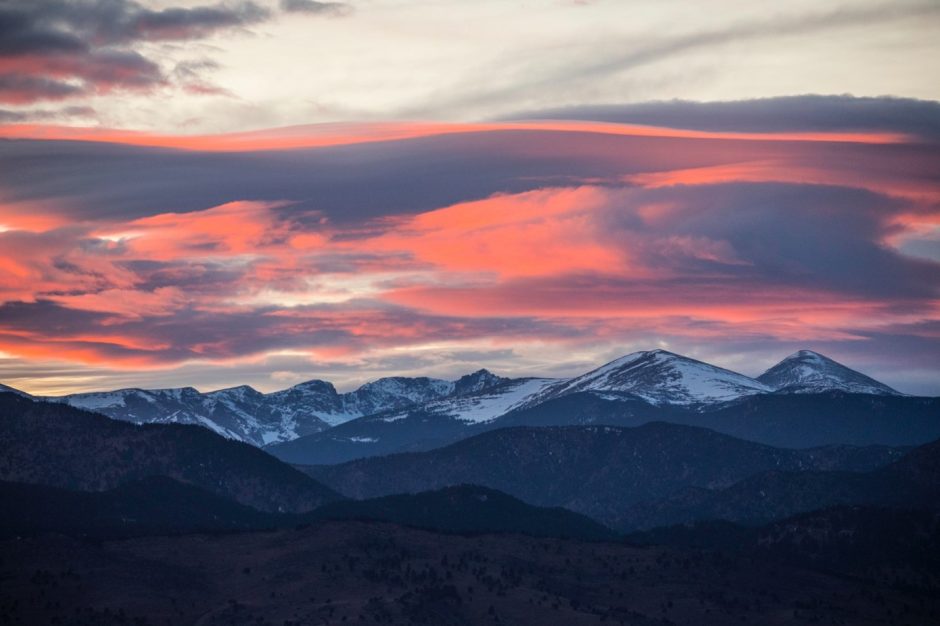
How to add Low-Light Photography to your Nature Photo Repertoire
Low light photography can be simply stunning. Not only does it help you capture natural splendor in more hours of the day, oftentimes the scenes at low-light are extra special in their own right.
Plus, having unique, low-light photos in your portfolio or trip album will really help set your photos apart from what might otherwise be seen. That is, you are differentiating yourself as a photographer—a key thing to do in today’s day and age!
If you are headed out on a nature photography adventure sometime soon, expand your possibilities with these tried and true techniques on capturing amazing photos in low light.

What is considered low-light photography
Technically, low light photography could encompass anything from dusk to dawn, including more extreme examples like astrophotography, northern lights photography, and even sunsets and sunrises. However, what I’m aiming to teach you here is specifically with regards to those times of day when the sun has gone down, but you aren’t quite in the realm of classic “night photography” and aiming to photograph stars and other mid-night phenomena.
In a way, you could consider this the realm of photography just beyond being hand-held with your camera. We’re talking about the shutter speeds in the, say, 1/10th of a second to 4 seconds.
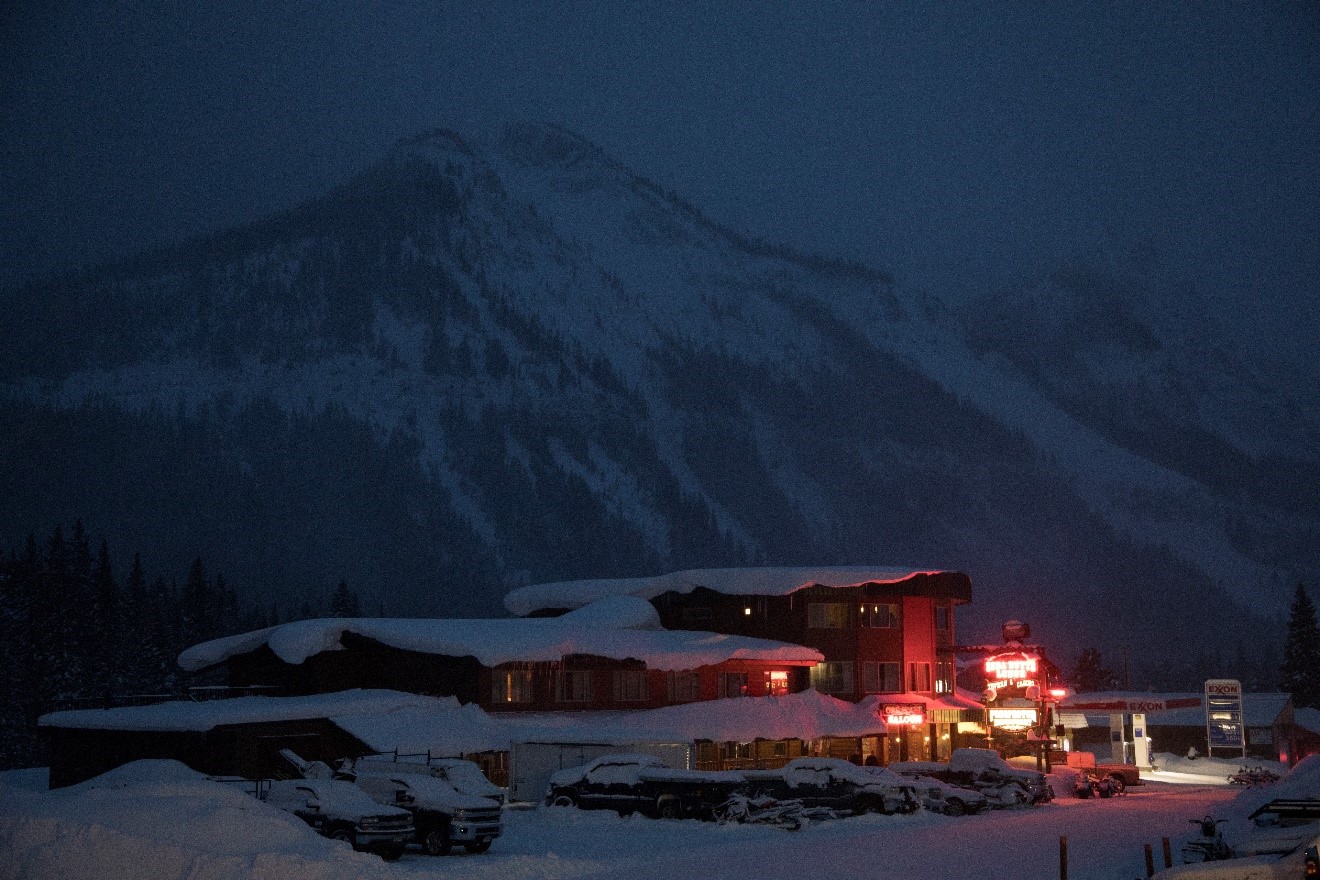
The right gear
That leads us right into the need for the right gear and the most important is a tripod.
Coming from the guy who tries not to use a tripod whenever possible, so that I can maintain as much flexibility and versatility as possible by being hand-held, you know if I’m recommending a tripod it’s a must-do.
This really isn’t the time for me to go into all the specifics on what makes a great tripod. The main point to make here is that if you aim to get some great low-light shots while out on nature safaris and adventures, you’ll indeed want to have one with you.
Depending on what type of photo trip you’re on, you may be bringing a tripod already and thus will have a relatively good tripod with you at most times. However, there are some amazing small, lightweight travel tripods out there that can be used if space or weight is an issue, and you don’t plan on using a tripod for much else beyond a few “bonus” low-light shots to round out your trip album.
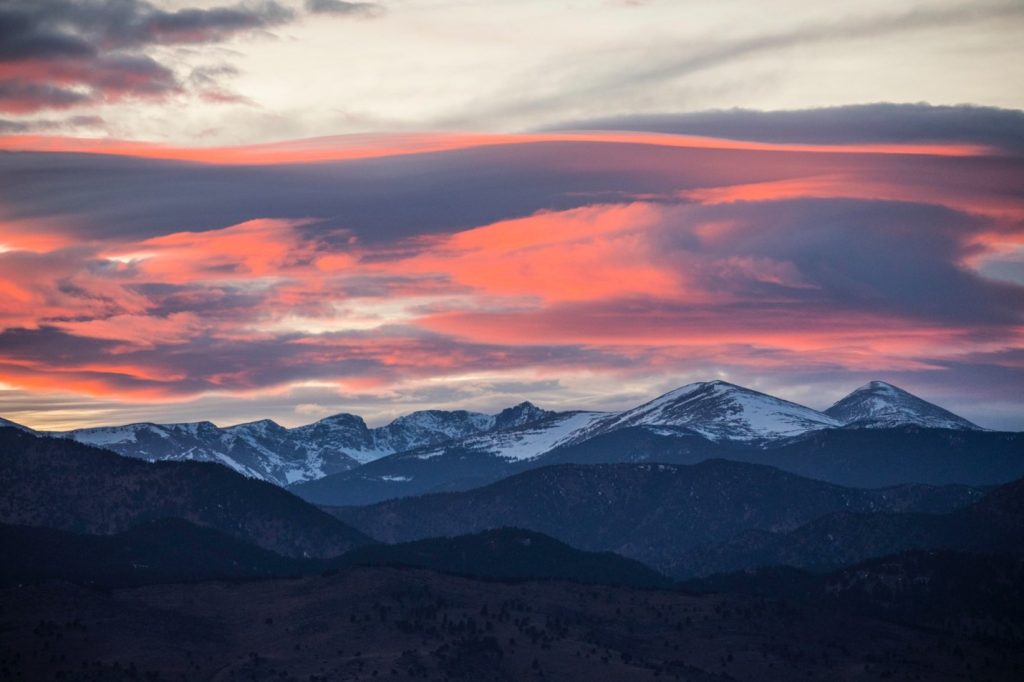
To be honest, the rest of the gear isn’t all that specific, as we’re not getting into the territory where we’re having the shutter open for 20+ seconds, nor do we need extremely ultrawide angle lenses like those I prefer for Northern Lights photography. In fact, you can use a point and shoot and get great results just like you could with a fancier DSLR or mirrorless camera.
The right settings
Settings are a key part of getting great photos at low-light times of day. Fortunately, the proper settings aren’t too complex. They usually involve a relatively low f/number, like f/3.5 or f/5.6, plus a moderate ISO like ISO 400, and a shutter speed somewhere around 1/10th of a second all the way down to four whole seconds.
Because low-light photography should indeed conjure up a feeling of moodiness, darkness, or just generally dimly-lit conditions, I usually recommend folks begin with full manual mode rather than trying to us P, Aperture or Shutter Speed modes. The issue with those other modes is that the camera will still try and find an even exposure, which usually results in far too much light being injected into the scene.
The only other work-around you may wish to consider, if you really want to use Aperture Priority, for instance, is to set the exposure compensation to -2 or -3 full stops, and then adjust it as needed to get the right exposure you’re looking for.

Experimentation is also key.
Because small changes in light levels make a big difference for settings and the overall scene, plan on taking many photos at different settings. Contrary to most daytime photos, oftentimes the darker the photo, the more interesting it is at these low-light times of day. Don’t just start with “the perfect exposure” and stop there. Keep on trying different exposures, as well as different compositions.

The right scene
This aspect may be the most important, as the right scene isn’t necessarily intuitive.
Photographing in low-light usually yields much more brilliant scenes than what you see with your eyes. This of course is a major reason we like it so much! However, it also means that you may not be readily used to “seeing” the photo opportunities when they’re in front of you. Thus, you have to begin training your eyes to see them.
One example of a classic low-light photo I’m always on the lookout for is that dusk and dawn twilight lighting. The big orange sun has gone down, but there’s still some ambient light in the sky, and usually some interesting diffuse colors, too. These colors could be from clouds and part of the last glimmer of sunset, or the first of sunrise. Or, they could be the classic “blue hour” that gives the sky a lovely gradient of blue to violet.
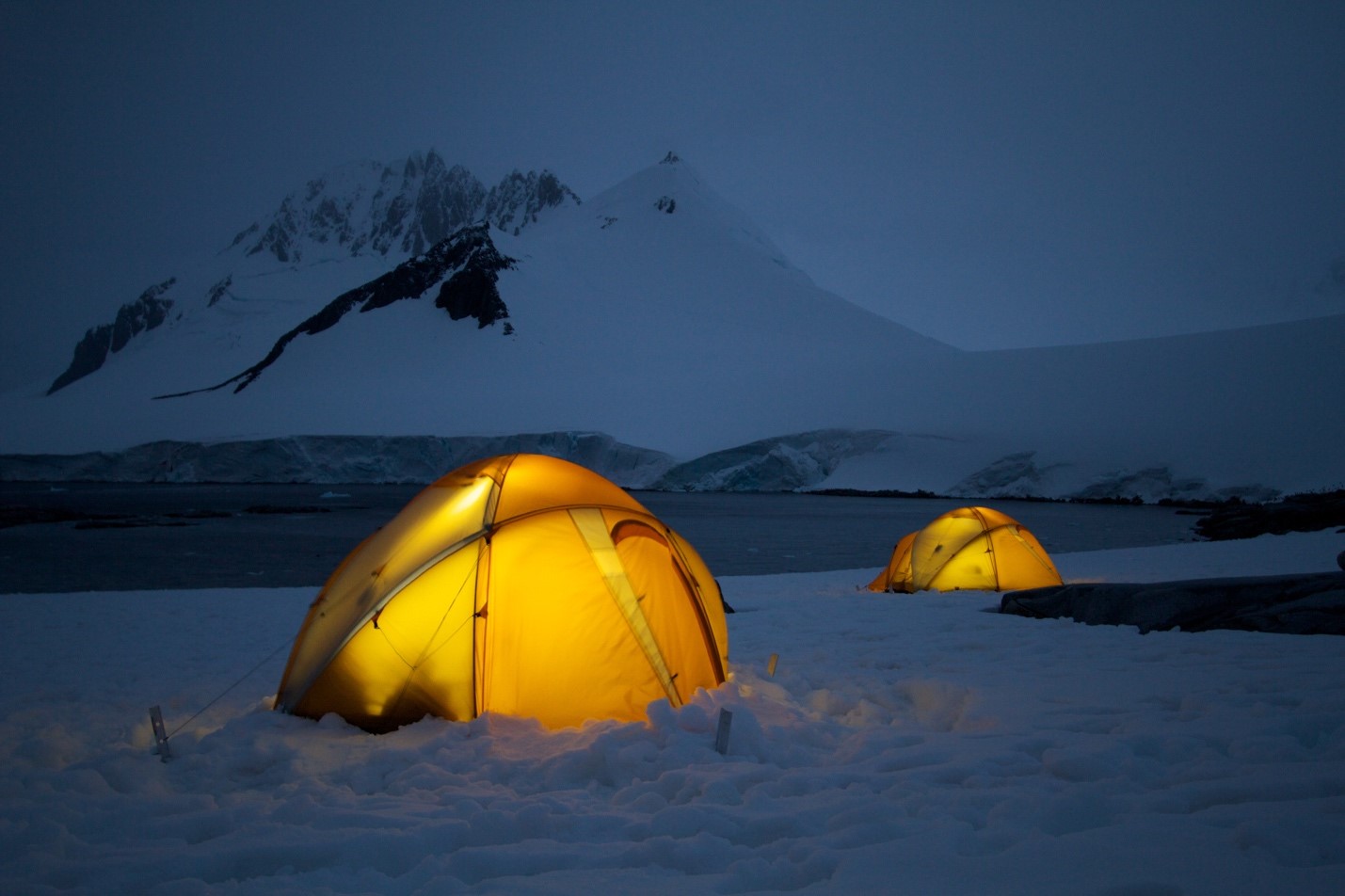
At these times of day, you’ll also notice pinpointed lights starting to turn on. Things like lanterns, candles, streetlights, and even neon signs can add punctuated and pinpointed colors to help add contrast and intrigue to the photo. Because there is still some ambient light in the sky, these relatively strong lights won’t drown out the rest of the scene like they could when photographing in pure darkness.
My favorite shots combine both of these above criteria of gentle, soft, and diffuse lighting, with specific dominant light sources to add intriguing elements to the photo.
Another great option is to look for water reflections of whatever soft light exists.
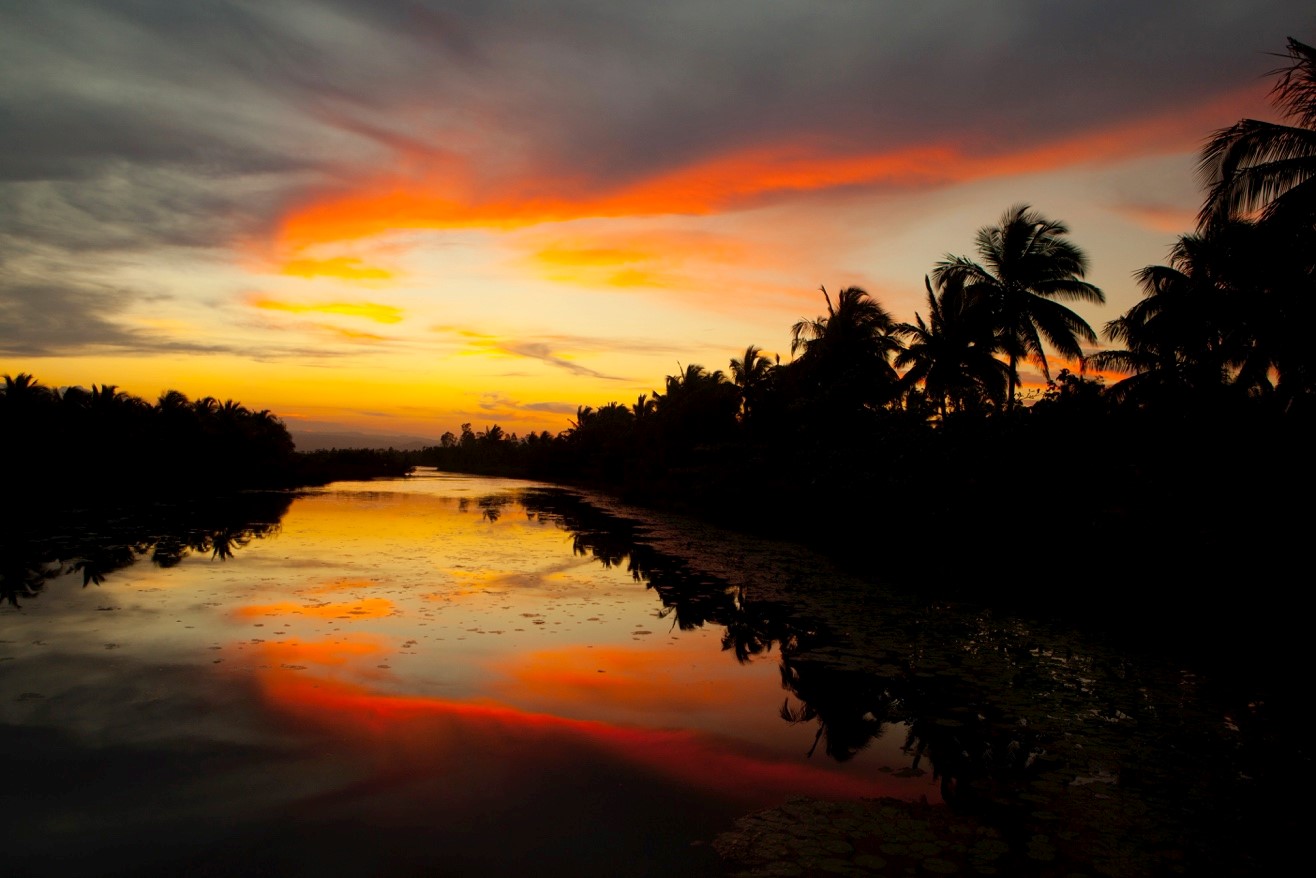
Don’t be afraid to use artificial light sources as a key ingredient to your scene. Although you may prefer to feature natural light, using made-made light sources can be equally compelling and creative.

Well there you have it—low light photography can be a fantastic addition to any trip album/portfolio. Not only is it beautiful, but it will help differentiate you as a photographer. And due to the time of day when this is best, it doesn’t take away from any other photo opportunity you’re likely to have, such as wildlife photography, general landscape and travel, as well as that golden hour and sunset time of day.
Go forward and give it a shot!

Court
Leave a reply